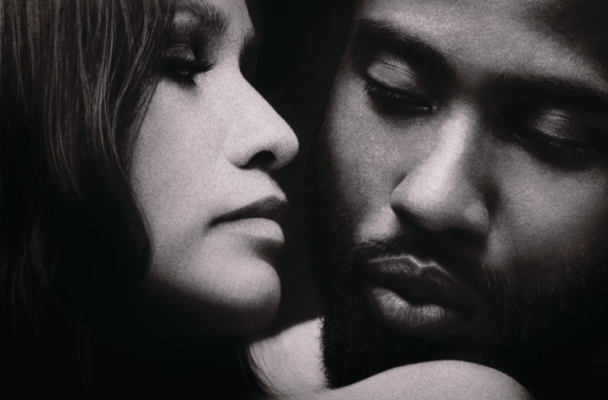An overview and review of ‘Malcolm & Marie’

By Olivia Krumpe
Staff Writer
On Feb. 5, the emotional drama “Malcolm & Marie,” labeled the “anti-Valentine’s Day” movie of 2021, was released on Netflix. Although it makes no mention of the pandemic, the movie will be a staple example of how COVID-19 impacted the film industry through how innovative the making of the movie was, especially given the circumstances of the world.
During the spring of the 2020 lockdown, Sam Levinson, the creator of the TV show “Euphoria,” and Zendaya, who earned an Emmy for Best Actress in a Drama Series for her work in “Euphoria,” began creating “Malcolm & Marie” “from the inside out.”
Levinson explained their process in an interview with Esquire.
“I think that because of the restrictions that COVID-19 was forcing upon us, we had to reverse engineer this movie and work out the story we could tell in those conditions,” said Levinson.
Zendaya and Levinson did just that by creating a 1 hour, 46 minute film where the only setting is a house and its surrounding property, and there is a cast of only two.
The film follows the downward spiral of the relationship between Malcolm, played by John David Washington, and Marie, played by Zendaya.
The story begins with the two returning home around 1 a.m. from the premiere of Malcolm’s new movie.
Although the mood begins light-hearted, with Malcolm dancing around the house, it soon becomes apparent that Marie is upset with him. It’s because he did not thank her at the premiere; however, this is only the tip of the iceberg because all their grievances are then aired out and chaos ensues.
The rest of the movie is a constant back-and-forth, as they verbally attack one another. There are moments where it seems they may have finally made up and can move forward; however, they are soon rehashed with as much ferocity as before.
I felt as though the movie left something to be desired, story-wise. At times, it felt too repetitive. The cycle of the characters jumping between screaming at each other to acting as if nothing had happened, seemed overused after the second time around. I found myself hoping something new would happen next, other than arguing in a different room in the house. Despite this, I did find the premise of the movie to be very unique and effectively conveyed.
Although the plot may not be one that I won’t be raving about for years to come, I found the cinematography and many of the artistic choices to be very thoughtful.
First, the entire movie was shot in black and white. I felt this choice added to the story by not adding anything at all. There were no beautiful colors or extravagant sceneries to distract from the plot of the movie. This stylistic decision lends itself well to the main conflict where these two characters are finally at a point where they can’t hide from or use distractions to avoid the issues in their relationship anymore.
Following the theme of simplicity, the camera movements were very fluid throughout the film and did not shy away from settling on one shot for a long period of time.
For instance, an early sequence in the movie showed Malcolm dancing in circles around the living room talking about his movie, the premiere and its coming reviews, while Marie stood outside smoking a cigarette. For approximately four to five minutes, the camera slowly pans back and forth, following Malcolm’s movements.
This was before any sort of argument, thus representing how, from the outside, viewers see a normal happy couple. However, once the cameras return back inside, the conflict begins, and we see all the issues that torment their relationship. It also foreshadows the cyclical nature of the movie and the arguments that follow.
Despite its close release date to Valentine’s Day, it is definitely not a typical love story; instead, it sheds a light on the resentment that can breed when relationship issues are left to fester. While the story was a little too repetitive for my liking, the lack of gimmicks, combined with the minimalistic cinematography, enhanced the movie by adding to the plot in small or symbolic ways.
With a simplistic storyline, there is no need for elaborate settings, costumes, camerawork or even editing. Maintaining this simplicity fostered an almost-desolate environment that was vital for the relationship’s downward spiral, while still having an emotional impact on viewers with the power of angry words.